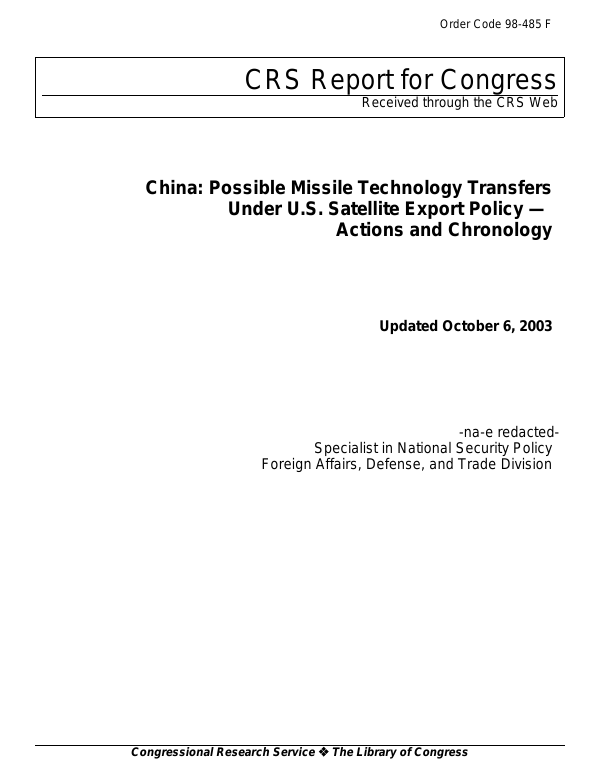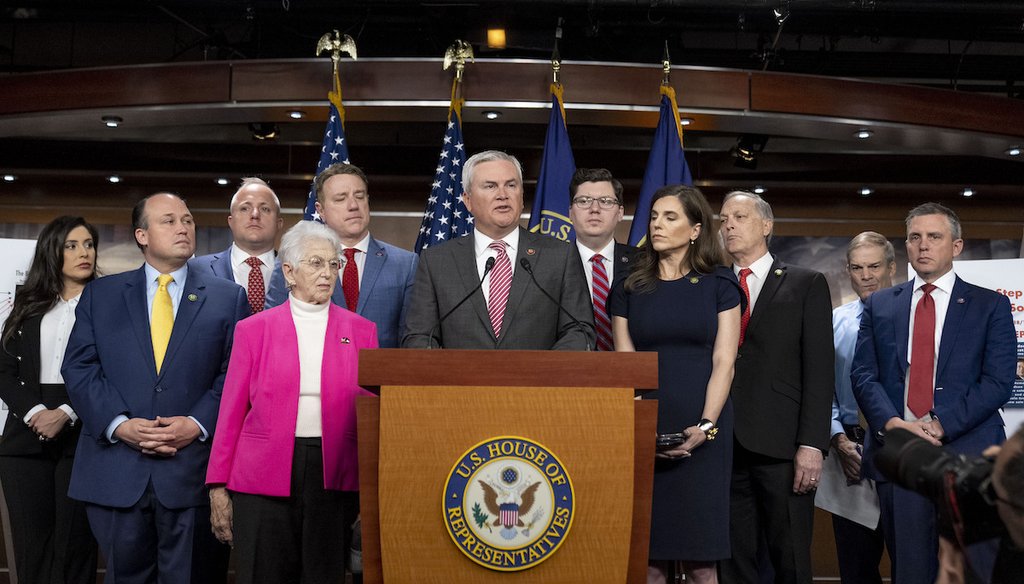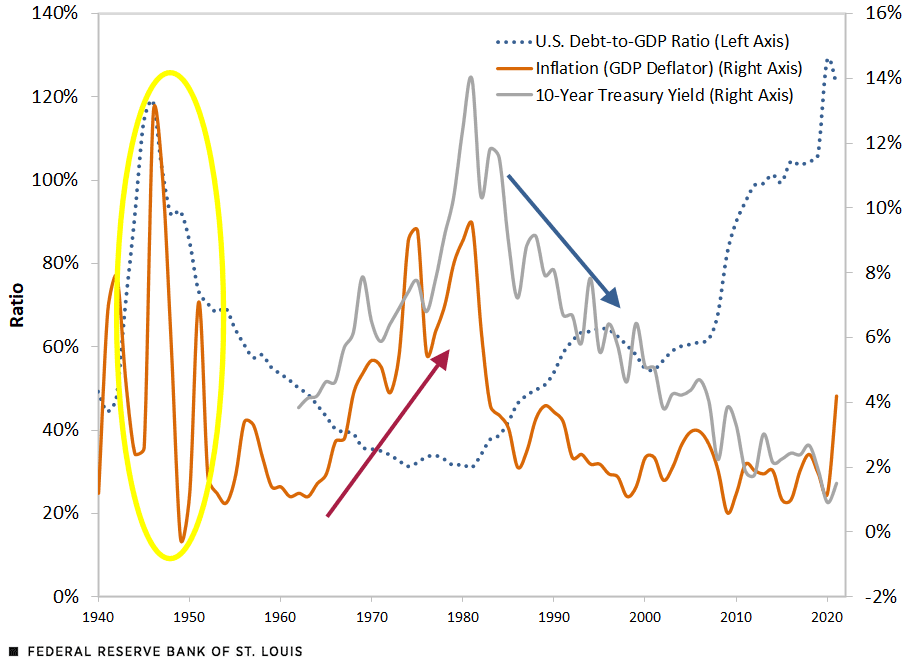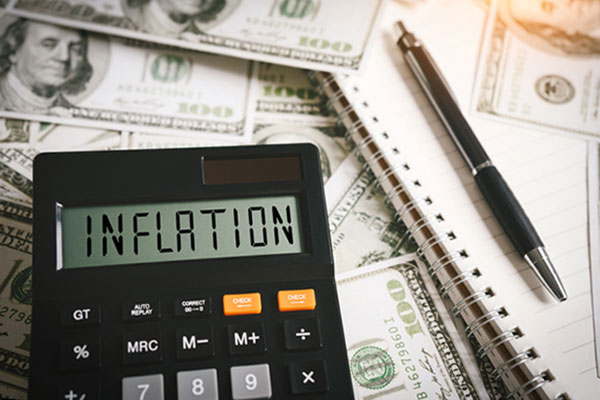Publius
Well-known member
Ahh, there it is. It's part of the president's role to help foster cooperation between both chambers of Congress. If Congress is persistently deadlocked, it can reflect on the president's skill in encouraging collaboration -- but it’s also shaped by broader political and ideological divides. For example, Democrats and Republicans disagreed on the approach to infrastructure, with some Republicans favoring toll roads and privatization while Democrats opposed these solutions. When compromise can't be reached, though it’s not solely the president’s failure, though it's just that the president's influence and experience can help navigate such impasses. Biden, with his years of Senate experience, has been more successful in building consensus on key issues, whereas Trump, who came in without legislative experience, faced greater challenges in this regard.Trump couldn't get infrastructure passed during his first term because Democrats would not work with him, preferring instead to put up road blocks and focus on impeachment efforts against Trump for political reasons. The Republicans in congress were not so petty under Biden.
Are you kidding me? Republicans in Congress have wielded the filibuster like a bludgeon, deploying every procedural trick to derail the legislative priorities of Democratic presidents -- especially under Obama and Biden. Healthcare reform? Blocked. Voting rights protections? Stonewalled. Climate action? Thrown into gridlock. This isn’t governance; it’s the strategy of a party that views obstruction as a virtue, treating legislative debate like a sport where the only goal is to deny the other side a victory, no matter the stakes for the American people.Same as above. Republicans were willing to work with him instead of trying to block him for political reasons at every turn.
But let’s also be precise: sure, there are exceptions. When absolutely forced, they've crossed the aisle on issues like infrastructure (under Biden) and pandemic relief, though it’s hard to ignore the long shadow of their obstructionist record. The filibuster -- a once rare, last-resort maneuver -- has become their weapon of choice to grind the wheels of democracy to a halt. And while this tactic’s become infamous in recent Republican hands, of course, both parties have used it over time. Yet never with such cynical frequency, never with such flagrant disregard for progress, as what we've seen in recent decades by Republicans. This is not policy -- it’s performative stonewalling, plain and simple.
The Federal Reserve influences inflation by managing the money supply and adjusting interest rates, acting independently based on economic conditions rather than directly in response to Congressional spending. When Congress passes large spending bills, like Trump’s CARES Act and Biden’s American Rescue Plan (ARP) -- totaling about $4 trillion -- additional funds are often needed beyond tax revenue. To finance such appropriations, the government primarily issues Treasury bonds, increasing the national debt. The Federal Reserve may also use Quantitative Easing (QE) to buy bonds and inject liquidity into financial markets, indirectly supporting economic stability.The Federal Reserve does not control inflation, but reacts to it by raising or lowering interest rates in an effort to mitigate its effects.
This combination of increased spending and money supply expansion can contribute to inflation, especially if the economy’s production doesn’t keep pace. As a result, if too much money circulates relative to the supply of goods and services, inflation can rise -- a scenario often described as 'too many dollars chasing too few goods.' In a typical inflationary environment, it’s the persistent growth of the money supply outpacing economic output that creates lasting inflation. Transitory price spikes in individual sectors -- caused by supply disruptions or demand surges --aren’t true inflation unless they contribute to a sustained, general rise in prices across the economy.
I'm not an either one side or the other, guy.The idea of controlling the economy by controlling consumer spending is a demand side, top-down approach that is much less effective than a supply side, bottom up approach that allows businesses to thrive, produce more, and thus allow prices to come down naturally.
Controlling the economy solely by managing consumer spending isn't simply a "top-down, demand-side" approach -- it's a strategy focused on balancing supply with demand. When demand rises faster than the economy can produce, prices increase, creating inflation. In these cases, moderating demand through interest rates or other monetary policy tools can help keep prices stable and prevent the economy from overheating.
On the other hand, supply-side policies -- like tax cuts and deregulation -- aim to boost production by incentivizing businesses to invest, expand, and create jobs. While supply-side measures can help in certain contexts, they’re not a silver bullet for every economic challenge. For instance, when demand collapses (such as during a recession or a pandemic), simply boosting supply won’t stimulate economic activity if consumers lack the purchasing power or confidence to spend.
Also, it’s worth noting that effective economic management often combines both demand and supply measures rather than relying exclusively on one side. Demand-side policies ensure stability by moderating economic swings, while supply-side measures support long-term growth. Ignoring demand-side tools in favor of an exclusively supply-side approach can result in economic imbalances, as seen in cases where tax cuts disproportionately benefit wealthier individuals and corporations but don’t necessarily lead to increased production or lower prices.
While its true that tariffs might raise prices on foreign goods, it may only be temporary, and it's also likely that the tariffs will serve as a way to allow greater domestic production. Most Americans, given the choice, will pay a few cents more for goods if it is helping the economy overall, creating more jobs in the US, making us more self-sufficient, making for more quality products, and reducing slave labor sweatshops in foreign countries.
You don't seem to understand how Trump negotiates. Here's a secret: It is very unlikely that he'll actually raise tariffs across the board. It is a negotiating strategy to better the US economic position relative to China and other foreign importers. Watch and see.
Look, I'm only going by what Trump said, and he said he intends on an across the board approach. I've heard this 'he didn't really mean it' argument coming from Repubs, before, and no, it often turns out he did, in point of fact, mean it.




:max_bytes(150000):strip_icc()/GettyImages-2241478228-79da440f786740ccb769bea2b25b7250.jpg)




